Taking an inventory of the global plastics problem
Envirotec Magazine
DECEMBER 1, 2021
The vast majority ends up in landfills, where its slow degradation allows it to accumulate, while pervasive microplastics have been found everywhere, from inside living bodies to the bottom of the ocean. “At The work was recently published in the journal ACS Sustainable Chemistry & Engineering. “We

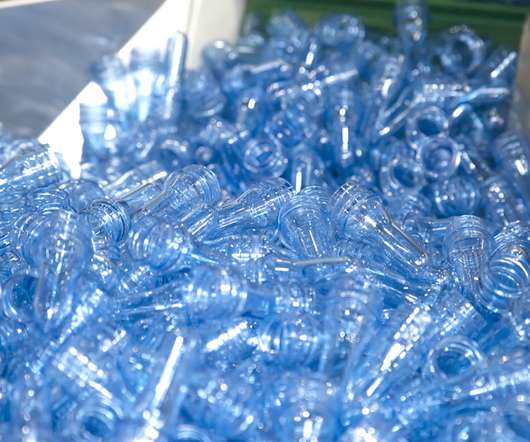
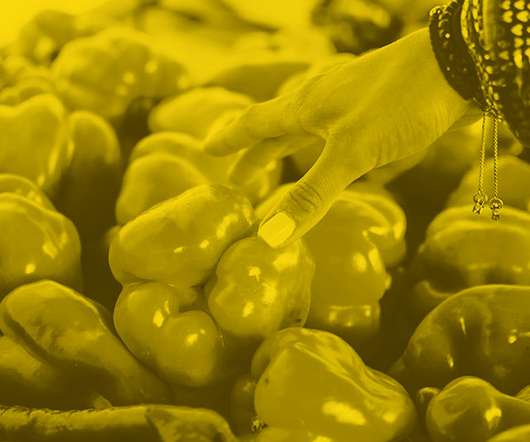
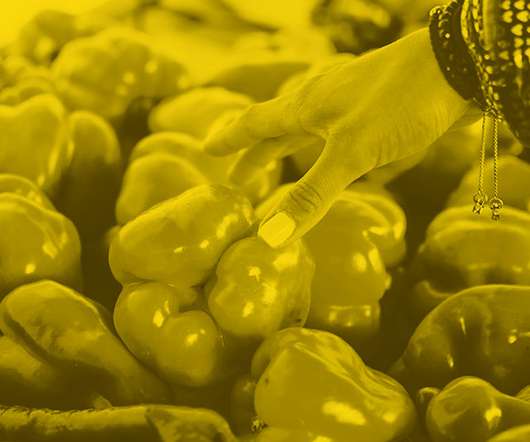

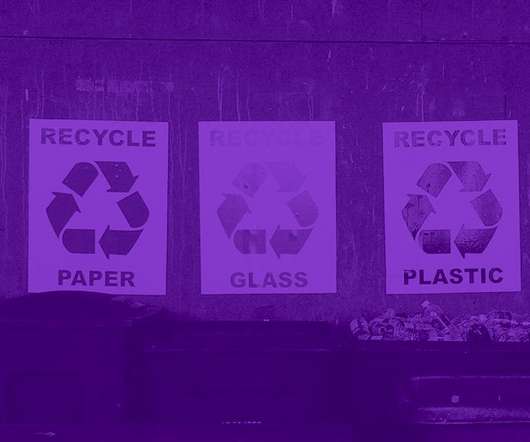
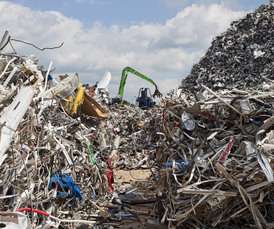










Let's personalize your content